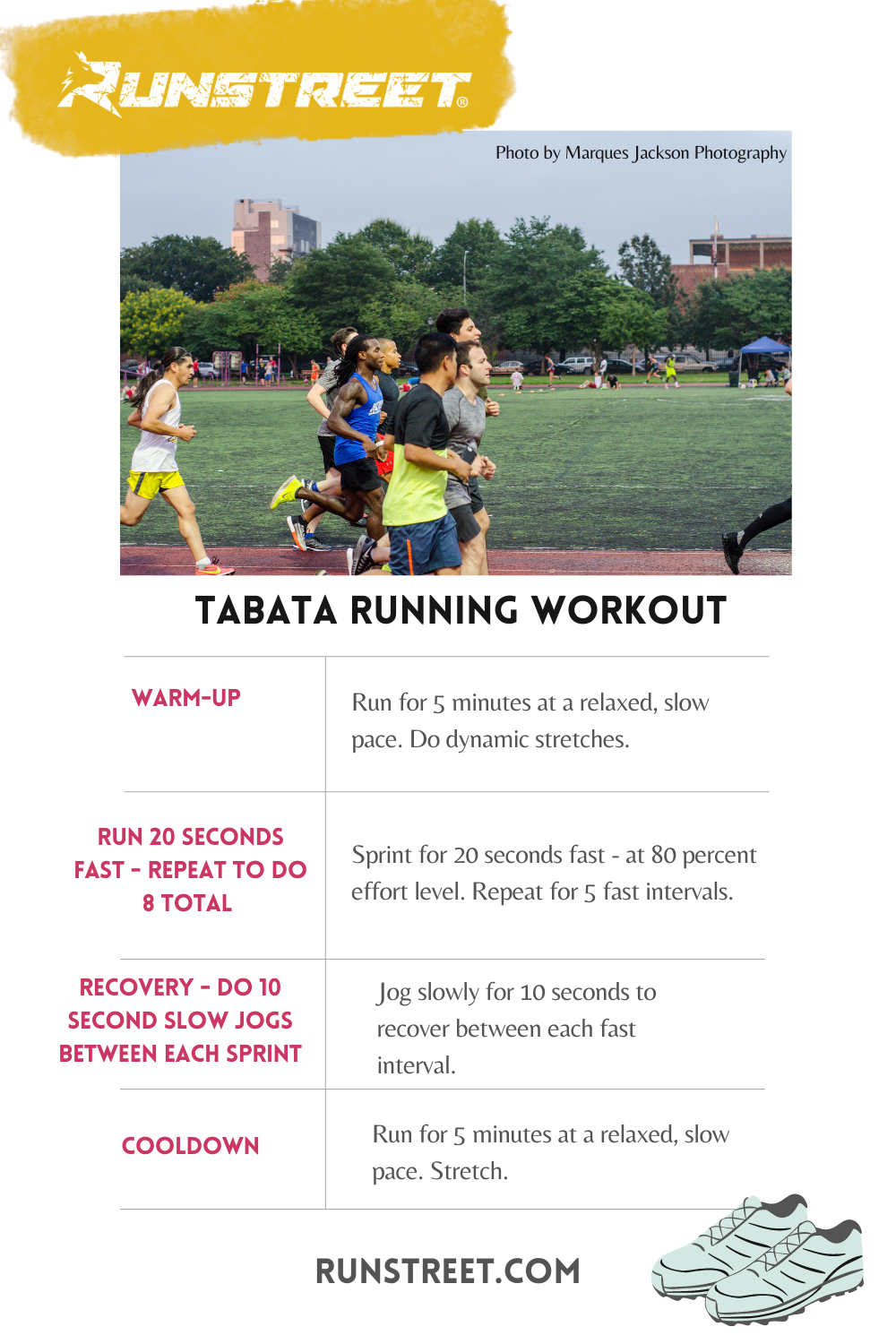Boost Your Running Strategy with Proven Techniques
Boost Your Running Strategy with Proven Techniques
Blog Article
How to avoid and Manage Discomfort in Operating: Expert Tips and Advice
As joggers, we commonly discover ourselves captured between the enjoyment of pressing our physical borders and the pain that can accompany it. The quest of that runner's high can occasionally be hindered by the unwelcome friend of discomfort. Whether you are a skilled marathoner or a newbie striking the pavement for the very first time, the unpleasant visibility of discomfort and pain is a common measure. Nonetheless, there exist tried and tested techniques and experienced guidance that can assist minimize and handle these discomforts, allowing you to concentrate on the delight of running itself.
Relevance of Proper Footwear
Appropriate shoes plays an important role in avoiding and taking care of pain for runners, as it considerably influences their comfort, efficiency, and overall foot health and wellness. When it pertains to running, wearing the right shoes can make all the difference. Ill-fitting or incorrect footwear can bring about a host of issues such as sores, shin splints, plantar fasciitis, and even extra severe injuries like anxiety fractures.
Selecting the proper running shoes includes considering aspects such as foot type, stride auto mechanics, running terrain, and personal preferences. Joggers with high arcs may need even more cushioning and support, while those with level feet might profit from stability footwear. Furthermore, recognizing pronation (the internal rolling of the foot) and supination (the outside rolling of the foot) can help in choose footwear that provide the appropriate level of arch assistance.
Investing in quality running shoes that are ideal for your individual requirements can aid prevent pain and pain while boosting your running experience. Prioritizing correct footwear is not simply regarding efficiency however likewise concerning securing your foot health in the long run.

Reliable Warm-up Strategies
Shoes option is simply one facet of preparing for a successful run; one more important aspect is carrying out efficient warm-up strategies to maximize performance and minimize the danger of injury. A dynamic warm-up regimen prior to a run aids raise blood flow to the muscles, enhances versatility, and enhances the range of movement of the joints. Dynamic stretches like leg swings, high knees, and hip circles are helpful in preparing the body for the physical needs of running. Slowly enhancing the strength of the warm-up exercises can aid trigger the muscles and boost neuromuscular sychronisation.
Along with dynamic stretches, including some light cardio workouts such as running or skipping rope can further raise the heart price and warm up the body. This mix of vibrant extending and light cardio assists loosen tight muscles, oil the joints, and emotionally prepares the jogger for the upcoming exercise (running workout). By making workouts a consistent component of your running regimen, you can substantially reduce the danger of injuries and execute at your best throughout each run
Trick Extending Workouts
When getting ready for a run, incorporating essential extending exercises is necessary to enhance muscle mass flexibility and avoid injuries - Read More. Dynamic stretches such as leg swings, high knees, and hip circles are beneficial for heating up the muscles and boosting range of movement prior to a run. These motions help enhance blood circulation, loosen tight muscular tissues, and prepare the body for the task ahead
Static stretches like calf bone stretches, hamstring stretches, and quadriceps stretches need to follow a go to assist straight from the source in muscular tissue healing and protect against tightness. Holding each stretch for 15-30 secs permits the muscular tissues to kick back and extend, lowering the risk of post-run discomfort and possible injuries.
Additionally, incorporating yoga positions like descending dog, pigeon posture, and back twists can target several muscular tissue teams at the same time, advertising total adaptability and strength. Consistent stretching routines not only enhance performance but likewise help in maintaining great running type and protecting against overuse injuries. Keep in mind, appropriate stretching techniques are critical for a secure and delightful running experience.
Recovery and Rest Methods
After finishing a run, implementing effective recovery and rest methods is vital for making the most of efficiency and decreasing the risk of injuries. Furthermore, integrating remainder days into your training schedule is crucial to protect against overuse injuries and burnout.
Energetic recuperation strategies such as gentle extending, foam rolling, and yoga can aid improve blood circulation, decrease muscle pain, and enhance versatility. It is additionally helpful to prioritize hydration and nutrition post-run to renew electrolytes, glycogen stores, and promote muscle recuperation.
Cross-training activities like swimming or cycling can give a break from the recurring effect of running while still maintaining cardio health and fitness - running strategy. Listening to your body and recognizing when it needs a break is key to avoid persistent injuries and ensuring long-lasting running success. Bear in mind, rest is not a sign of weakness yet an essential element of a well-shaped training routine
Cross-Training Advantages

It permits you to function on different elements of physical fitness that might not be targeted solely through running, leading to a more well balanced and versatile professional athlete. In addition, cross-training can help enhance running performance by dealing with muscular inequalities and weak points that might impede efficiency.
Final Thought
In conclusion, correct footwear, workout methods, extending exercises, recovery techniques, and cross-training are essential components in protecting against and handling pain in running. By integrating these techniques right into your routine, you can lessen the threat of injury and discomfort while making the most of efficiency and satisfaction of the sport. Read More. Keep in mind to pay attention to your body, prioritize rest and healing, and seek professional assistance when required to make certain a risk-free and reliable running experience
Report this page